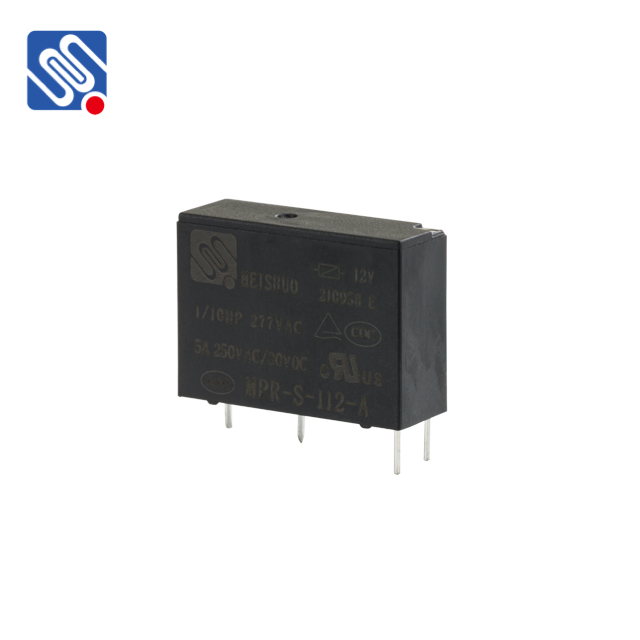understanding relay stability: the role of meishuo in enhancing system performance
Release time:2025-04-22 01:35:47
Relay stability is a critical aspect of power systems, ensuring reliable operation and protection against faults. In the context of power grid management, a relay serves as a device that detects abnormal conditions such as overcurrent, voltage fluctuations, or short circuits, and initiates the necessary actions to protect equipment and ensure system stability. However, the stability of relays is often challenged by complex dynamics within the system, which is where innovations like Meishuo technology come into play. This article explores the significance of relay stability and highlights how Meishuo enhances the performance of relay systems, making them more reliable and efficient.

The Importance of Relay Stability
In a power system, relays are indispensable for detecting faults and initiating protection mechanisms. When a fault occurs, relays must operate swiftly and accurately to isolate affected parts of the system to prevent damage. However, relays must also maintain stability to avoid unnecessary tripping or malfunctions, which can lead to system failures or cascading issues.
Relay stability refers to the ability of the relay to respond to disturbances without causing unintended system interruptions. An unstable relay can incorrectly identify non-fault conditions as faults, leading to unnecessary power outages. On the other hand, an overly slow or hesitant relay can fail to act quickly enough during an actual fault, potentially resulting in equipment damage or even widespread power outages.


